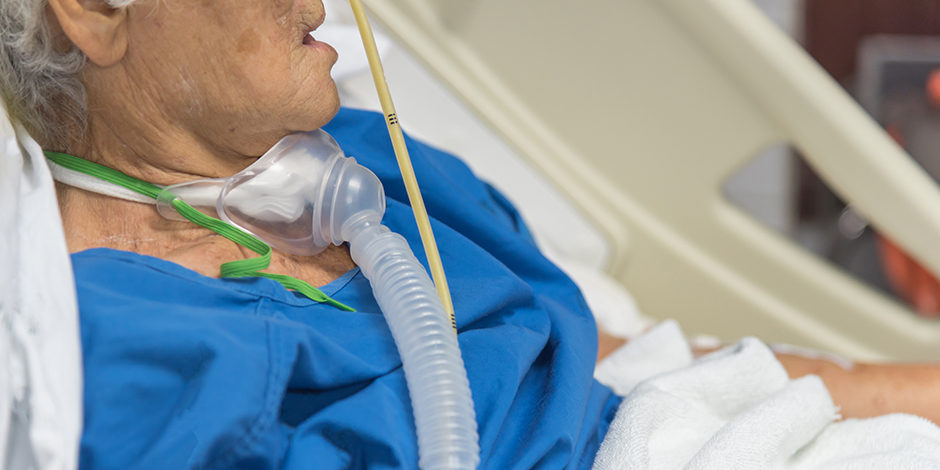NYC Health + Hospitals/Carter Shares Secrets to Success in Ventilator Weaning
Aug 21, 2017

The Long-Term Acute Care Hospital at NYC Health + Hospitals/Carter consistently helps more patients who need prolonged mechanical ventilation to be weaned off the ventilator (64%) than the industry average (50%). While having patients return to breathing on their own is a universal goal, certain factors have allowed this 201-bed post-acute care facility to achieve greater success, despite the complexity of its patient population. Vasudeva Raju, MD, chief medical officer at NYC Health + Hospitals/Carter, shares three specific secrets to its success.
“Prolonged mechanical ventilation” refers to the need for mechanical ventilation for in excess of 21 days and for six or more hours per day. It should not be confused with the need for ventilator support following scheduled surgery or other routine care, which is routinely suspended within 72 hours. Rather, patients who need prolonged mechanical ventilation often have extended stays in an intensive care unit—often in a coma (induced or otherwise)—and have usually received a tracheostomy to support ongoing ventilator use. Factors that can make weaning more challenging include a patient’s advanced age, the presence or absence of comorbid conditions, respiratory muscle strength, and lung mechanics.
“There are three factors we believe have helped us achieve greater success in weaning more of our patients off mechanical ventilators,” said Dr. Raju. “Families should understand that different facilities have different success rates, and we want to make the secrets of our success no secret at all.”
The first factor is the availability of weaning services seven days a week, as opposed to just weekdays at many facilities. Weaning activities are timed to correspond with the patient’s recovery stages, rather than the providers’ work week. Close collaboration among the respiratory therapist, pulmonologist, and internist—all on staff—allows for customized care to fit the patient’s capacity. Weaning is not “one size fits all,” and the team approach, supported by state-of-the-art ventilators, helps patients move from pre-weaning (when the strengthening of respiratory muscles is critical) through weaning, with greater success.
Second, because many patients have comorbidities, it is fairly common for secondary health issues to pop up and become immediate priorities, which can set back progress on respiratory recovery. The solution at NYC Health + Hospitals/Carter is to have physician presence 24/7, so that comorbidities can be aggressively treated, reducing the chances of respiratory setbacks.
Third, speed in tackling comorbidities requires speed in information to guide clinical decision-making. The facility’s on-site lab and radiology services provide a level of support available to only a subset of post-acute care facilities. And these services make a difference.
“When choosing a post-acute care facility, patients and their family members should know that not all facilities are the same,” said Dr. Raju. “They should be prepared to ask key questions: What is your facility’s success rate in weaning patients off ventilators? Is respiratory therapy available every day? Is a physician on site round-the-clock?”
“NYC Health + Hospitals/Carter has more ventilator beds than any other post-acute care facility in the city,” said Maureen McClusky, senior vice president for Post-Acute Care at NYC Health + Hospitals. “Our staff members take enormous pride in our successes in weaning patients off ventilators, and every hospital in the region should help patients who need such services understand what sets us apart.”
Since opening in November 2013, NYC Health + Hospitals/Carter has successfully weaned 345 patients off ventilator support, out of 539 ventilator-dependent patients admitted. The facility is a proud member of the National Association of Long-Term Hospitals.